Pathogens are organisms that cause disease. Viruses, bacteria, protists and fungi are all pathogens. Pathogens cause communicable diseases.
Diseases can be communicable or non-communicable.
What is a communicable disease?
Communicable diseases spread between people. Non-communicable diseases cannot be spread between people. An example of a non-communicable disease is heart disease.
Examples of viral diseases
- Ebola virus disease is caused by ebola virus. Ebola is a nasty virus with a high death rate. Outbreaks occur sporadically in Africa.
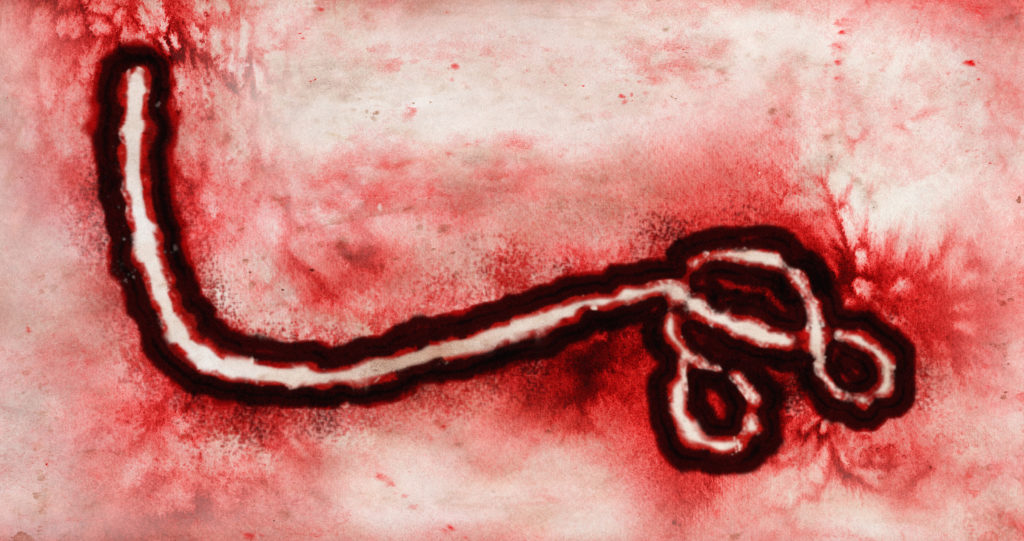
- Influenza ( flu ) caused by the influenza virus.
- Chicken Pox also known as varicella and caused by varicella-zoster virus.
- Covid-19 caused by SARS-CoV-2.
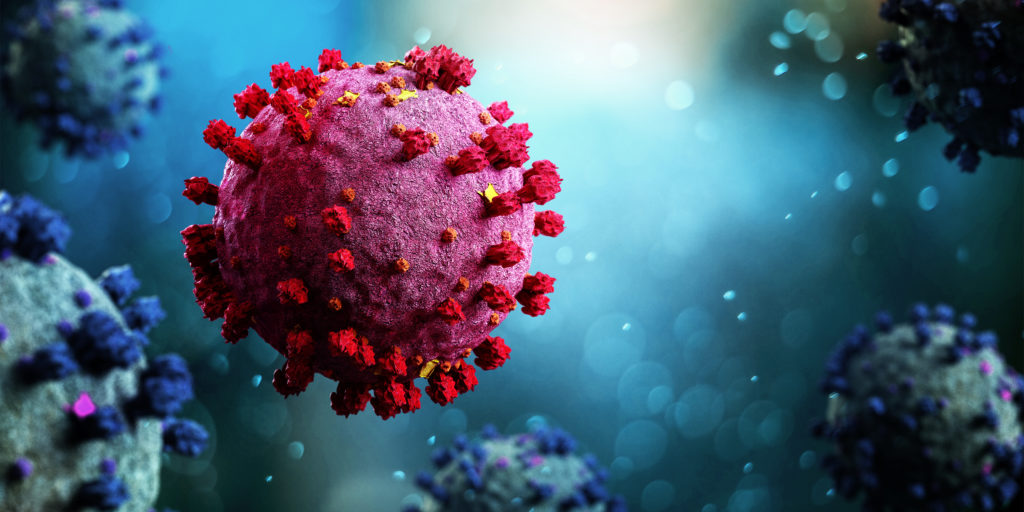
Examples of bacterial diseases
- Cholera is caused by Vibrio cholerae and usually spreads via contaminated water supplies.
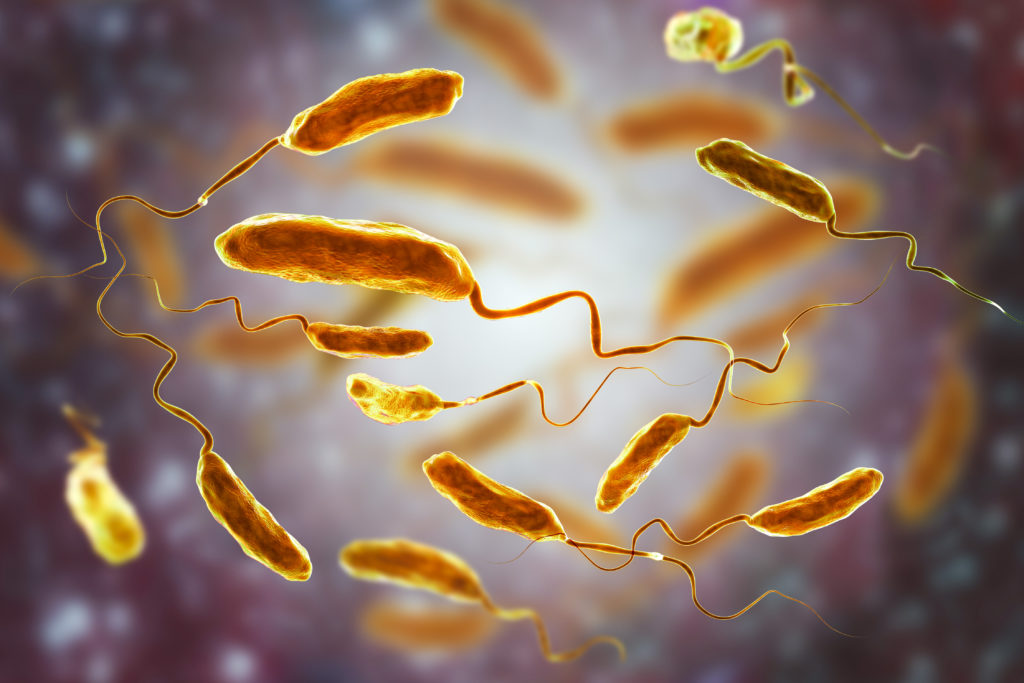
- Tuberculosis is caused by Mycobacterium tuberculosis. It spreads through the air when an infected person coughs.
Examples of diseases caused by protists
Protists are microoganisms which have features that belong to animals, plants and fungi.
- Malaria is spread by mosquitoes carrying a protist called Plasmodium. In this instance mosquitoes are called a vector. They spread the disease when they suck blood from an infected person and then suck the blood from an uninfected person.
- African sleeping sickness is caused by a protist called Trypanosoma transmitted by the tsetse fly.
Both the protists that case Malaria and African Sleeping Sickness are pathogenic parasites.
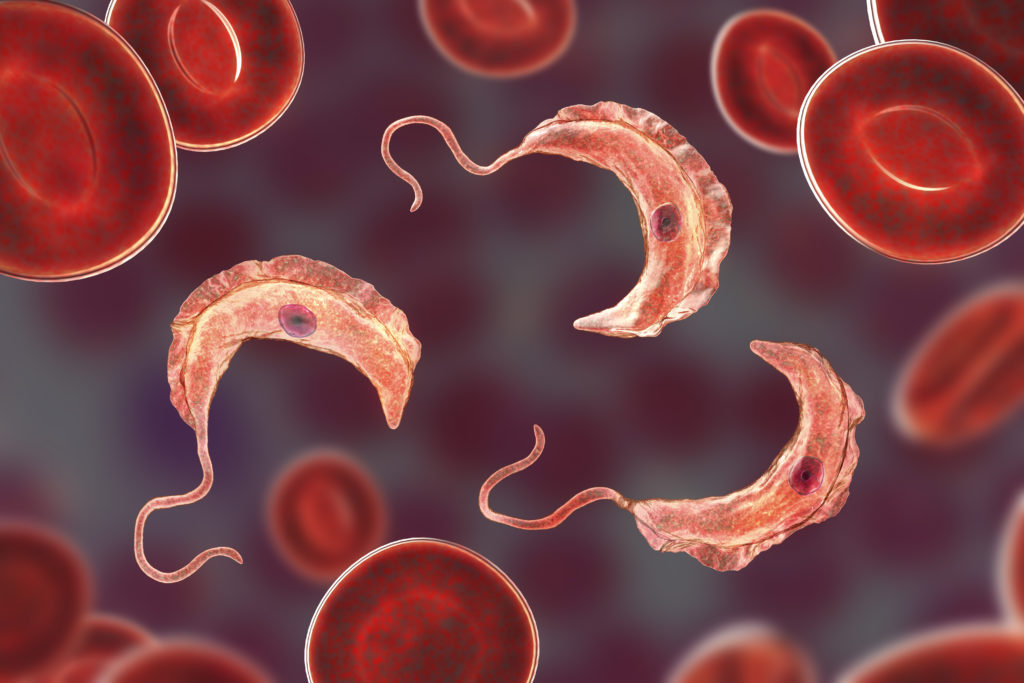
Examples of diseases caused by fungi
- Athletes foot is a common fungal skin infection usually found between the toes.
- Ringworm is another fungal skin infection which causes a ring shaped itchy rash.
Pathogen Match Game
Grab this FREE pathogen match game to reinforce learning about different types of pathogens and the diseases they cause.
Ideas for learning about viruses
These plasticine virus models are a fun way to learn about virus structure.
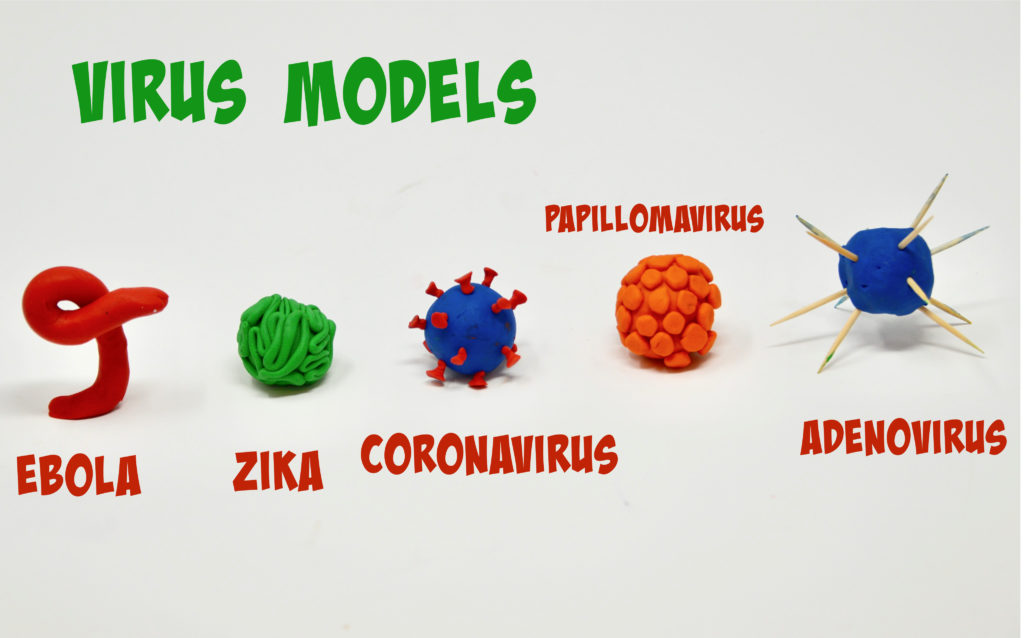
Find out why hand washing is so important for preventing the spread of diseases.
Ideas for learning about bacteria
Find out how bacteria are different to viruses.
Discover why food rots and the role bacteria play in decomposition.
These plasticine bacteria models are great fun too and a hands-on way to learn about the shapes of different bacteria.
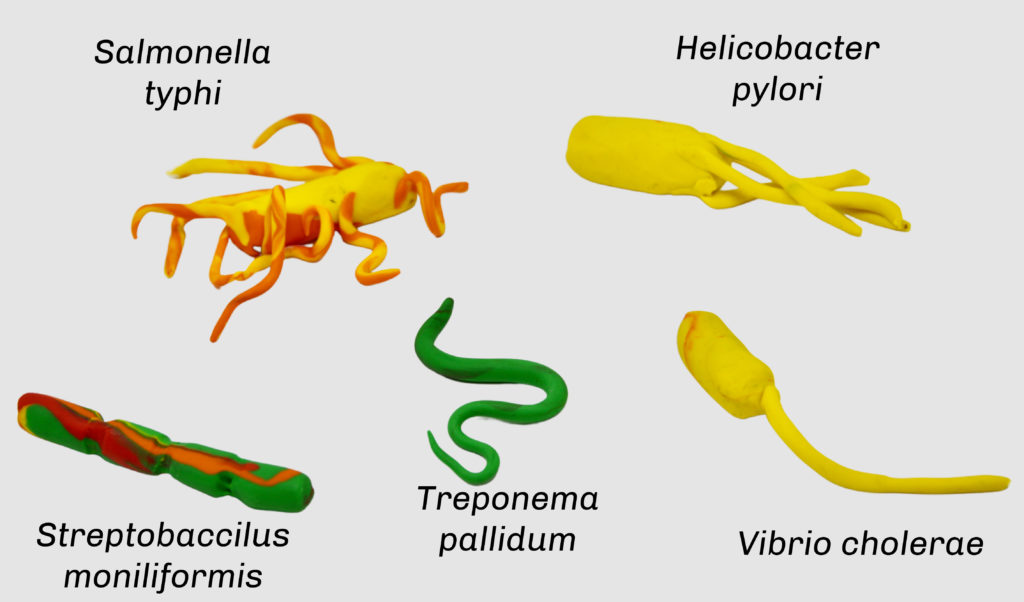
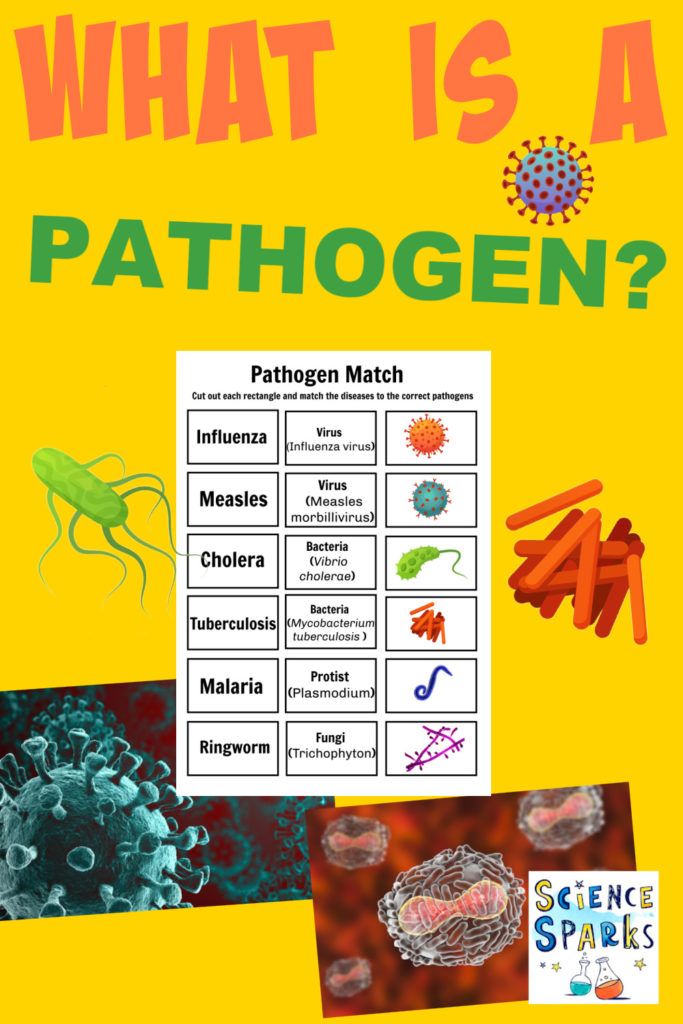
Last Updated on July 18, 2022 by Emma Vanstone

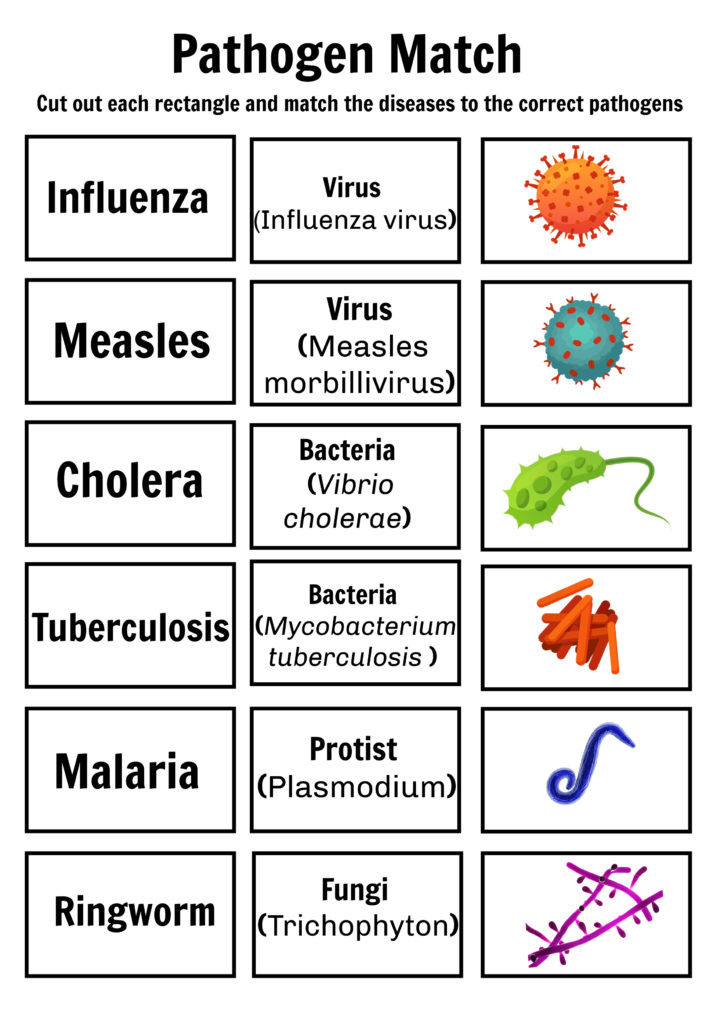
Leave a Reply